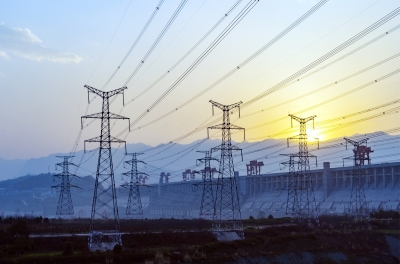Earlier this month, Bangladesh Prime Minister Sheikh Hasina gifted ‘Haribhanga’ mangoes to a few leaders in India including Prime Minister Narendra Modi and West Bengal Chief Minister Mamata Banerjee. But along with Modi and Banerjee, she sent mangoes for four chief ministers of northeastern states –Assam’s Himanta Sarma Biswas, Tripura’s Biplab Kumar Deb, Meghalaya’s Conrad K. Sangma and Zoramthanga of Mizoram.
“This just goes on to show how important these states are for India and Indian security,” an analyst told India Narrative.
Also read: Is Assam's Himanta Biswa Sarma spearheading Modi's Act East policy?
The importance of India’s northeastern states which border several countries such as Myanmar, Bangladesh, Bhutan, China and Nepal, has been increasing with the changing geopolitical contours amid a belligerent China.
Ashish Nath, Professor, Department of Economics, Tripura University told India Narrative that the Centre must further push investments to boost the manufacturing sector in the region. “The northeast for years did not receive the kind of attention it deserves. However, the situation is changing now with the Act East policy,” Nath said, adding that several infrastructure projects are already underway in the northeastern states.
Nath pointed out that the thrust must be to boost jobs. “Jobs can only be boosted if the manufacturing sector flourishes. It is imperative to provide jobs for the youth here and once that happens the socio-economic structure will change,” he noted.
The Centre has already embarked on an exercise to boost connectivity with its neighbouring countries such as Bangladesh, Bhutan and Nepal. “As India seeks to improve connectivity with its neighbouring countries, the importance of northeastern states only gets magnified,” Bipul Chatterjee, Executive Director, CUTS International told India Narrative.
Importantly, insurgent groups have been active in the northeastern states till 2015.
According to a report by Hindustan Times, insurgency peaked in the region in 2000 when 1,923 incidents related to it were reported. The number came down to 162 in 2020 compared to 824 in 2014 when 212 deaths were reported.
The newspaper said that the highest–2,644–number of insurgents belonging to various outfits surrendered to security forces in 2020. About 1,824 insurgents have surrendered from 2014 to 2019.
“As socio-economic development takes place in these states, insurgency will reduce. Social order, peace and economic development go hand in hand,” Nath said.
Infrastructure projects in northeast states
Over 1,819 km of roads have been completed in the last two years.
Jitendra Singh, minister, Development of North Eastern Region (DoNER) also highlighted that Pakyong Airport in Sikkim, Rupsi Airport in Assam have been completed. Besides the 300 MW Kameng and 110 MW Pare hydropower projects in Arunachal Pradesh are also complete.
Also read: Finally global investors head to India's northeast
Meanwhile, the Assam government in its budget announced several infrastructure projects worth Rs 5,556 crore. These are aimed at improving road connectivity. Sources added that Assam’s Sarma, will play a crucial role in carrying out the tenets of the Act East policy.
The Australian Institute of International Affairs in a study noted that although the states of Northeast India are small—physically, numerically and economically—they are increasingly gaining a significant strategic value. “With ASEAN engagement becoming a central pillar of India’s foreign policy direction, these states play an important role as the physical bridge between India and Southeast Asia,” it said.
A policy analyst said that while India’s “Look East Policy” initiated under late Prime Minister PV Narasimha Rao in 1992 failed to gather steam, the Act East Policy by Prime Minister Narendra Modi is set to work.
“The objective of Act East Policy is to promote economic cooperation, cultural ties and develop strategic relationship with countries in the Asia-Pacific region through continuous engagement at bilateral, regional and multilateral levels thereby providing enhanced connectivity to the States of North Eastern Region including Arunachal Pradesh with other countries in our neighbourhood,” a government statement said in 2015.
“Modi ‘Act East’ (Policy) is driven by a different domestic as well as international scenario — not just the China factor but also the fact the South and Southeast Asian countries are now playing a more pronounced role and India must play its cards right. To do so, it is critical to develop and boost connectivity with the northeast,” an analyst said.




















